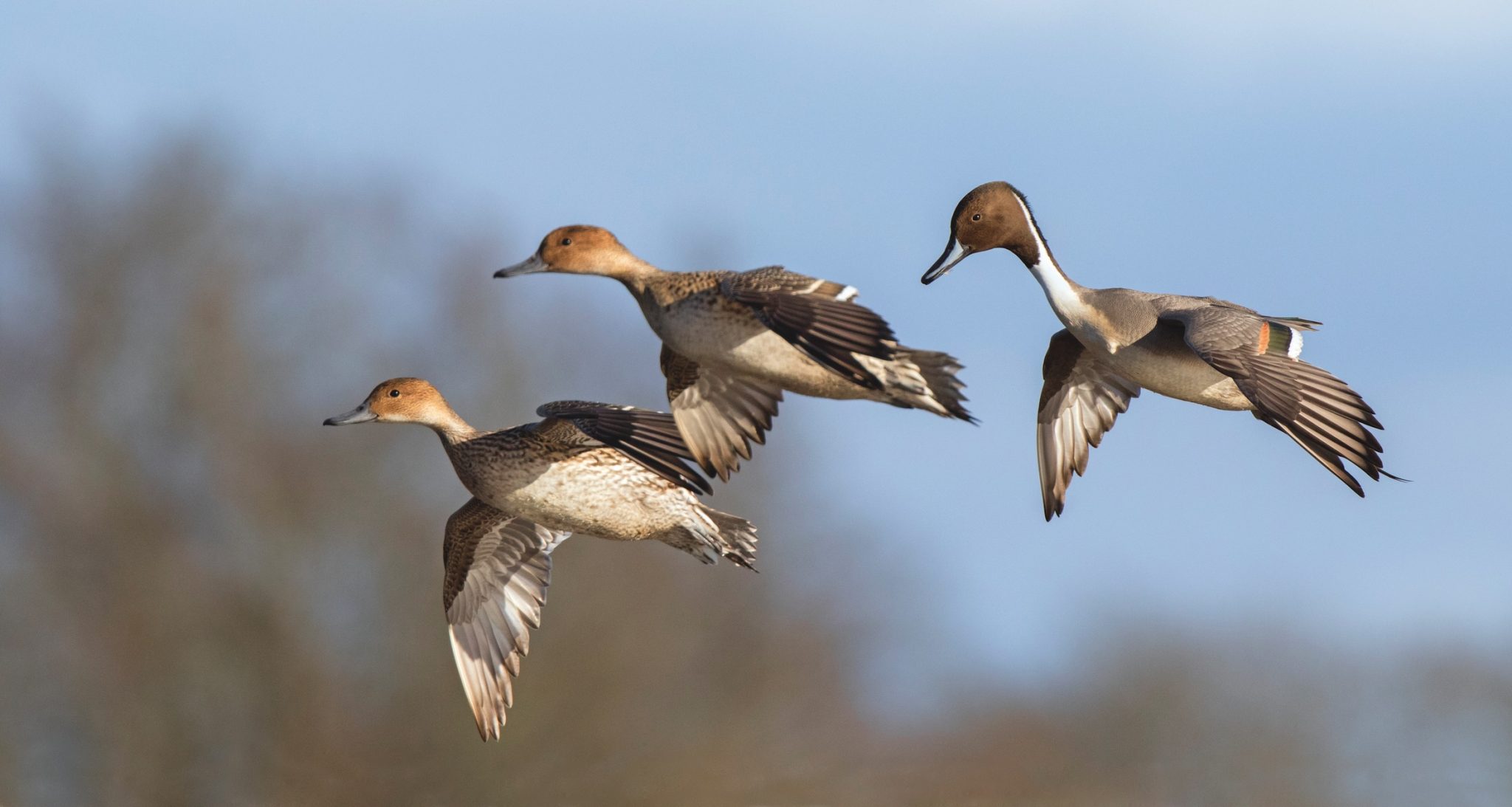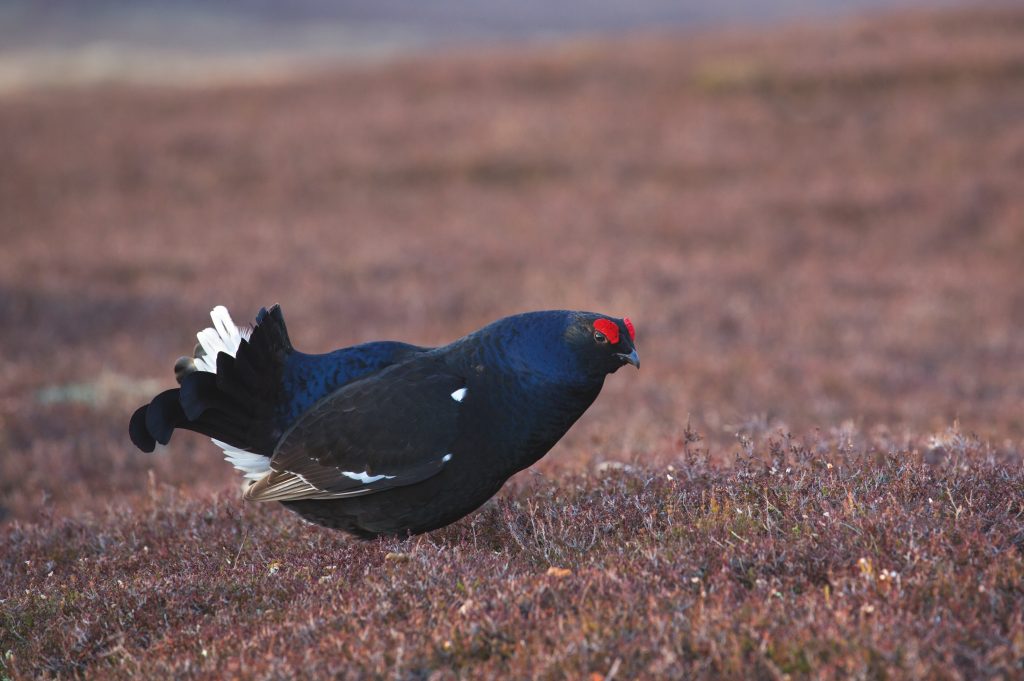News
How we’ll manage threatened species
We need to argue our case if a policy on harvesting threatened species sustainably overseas feeds into a UK review, says Conor O’Gorman.
Would you like to speak to our readers? We offer sponsored articles and advertising to put you in front of our audience. Find out more.
Balancing conservation and sustainable harvesting
Some threatened species, even those in the highest risk categories, can support carefully regulated sustainable harvests. These practices benefit conservation and provide financial incentives for local communities and management.
However, this concept often faces public and political scepticism. This is especially true regarding overseas hunters tracking iconic species like elephants, hippos, lions, and rhinos. In the UK, attempts to ban hunting trophy imports to protect these species have often been based on misinformation.
IUCN guidelines on harvesting threatened species
In May, the International Union for Conservation of Nature (IUCN) published its Guidelines on Harvesting Threatened Species. This key document helps clarify fact from fiction for policymakers and the public.
The IUCN is a globally respected conservation body, founded in 1948. It boasts over 1,400 member organisations and 17,000 experts. The organisation provides practical environmental solutions worldwide.
What do the guidelines cover?
Produced by IUCN’s Sustainable Use and Livelihoods Specialist Group, the guidelines address harvesting broadly. They include collecting, cutting, taking, or killing wild animals, plants, fungi, and their derivatives.
Uses include food, building materials, healthcare, medicines, pest control, ornamentation, income, recreation, and cultural or spiritual practices.
Overexploitation and sustainable use: two sides of a coin
Media coverage often focuses on overexploitation as a driver of biodiversity loss. The guidelines include fascinating case studies showing both negative and positive impacts of harvesting.
For example, clear-felling timber destroys non-target trees, plants, and animals in forest ecosystems. This impacts roughly 55% of threatened and near-threatened bird species, including Himalayan pheasants.
In Indonesia, the Asian songbird trade threatens dozens of globally endangered species. An estimated 66 to 84 million birds are kept in one-third of Java’s 36 million households.
Positive conservation outcomes through sustainable use
There are also success stories. The endangered saker falcon benefits from a Mongolian artificial nest programme. Since 2011, over 5,000 nests have been installed, producing 10,000 fledglings and enabling a sustainable harvest of falconry chicks.
In South Africa and Namibia, regulated hunting of critically endangered black rhinos targets mainly old males. Between 2005 and 2018, 47 rhinos were hunted in South Africa and 12 in Namibia under strict criteria.
Despite this, black rhino populations have increased, showing better genetic diversity and expanded range. This suggests trophy hunting, when well managed, can positively impact conservation.
Relevance to UK quarry species management
While some cases may seem distant, these principles will be important if Defra launches a consultation this year. The consultation will review quarry species and shooting seasons in England for the first time in 40 years.
Population trends are mixed. Pink-footed geese populations have boomed, while species like pochard and pintail are declining.
Self-regulation is a key argument for keeping certain species on the quarry list. The British Association for Shooting and Conservation (BASC) has long supported this view. If a consultation happens, BASC will push for retaining some species and adding new ones.
Related articles
News
Will black grouse return to the Peak District this decade?
A groundbreaking conservation initiative is taking shape to reintroduce black grouse to the Peak District’s uplands by 2030
By Connor O'Gorman
News
AI to help track declining curlew
Conservationists tracking curlew across Wales have ditched the tedious task of manually sorting through thousands of camera trap images
By Connor O'Gorman
Manage Consent
To provide the best experiences, we use technologies like cookies to store and/or access device information. Consenting to these technologies will allow us to process data such as browsing behavior or unique IDs on this site. Not consenting or withdrawing consent, may adversely affect certain features and functions.
Functional Always active
The technical storage or access is strictly necessary for the legitimate purpose of enabling the use of a specific service explicitly requested by the subscriber or user, or for the sole purpose of carrying out the transmission of a communication over an electronic communications network.
Preferences
The technical storage or access is necessary for the legitimate purpose of storing preferences that are not requested by the subscriber or user.
Statistics
The technical storage or access that is used exclusively for statistical purposes.
The technical storage or access that is used exclusively for anonymous statistical purposes. Without a subpoena, voluntary compliance on the part of your Internet Service Provider, or additional records from a third party, information stored or retrieved for this purpose alone cannot usually be used to identify you.
Marketing
The technical storage or access is required to create user profiles to send advertising, or to track the user on a website or across several websites for similar marketing purposes.



